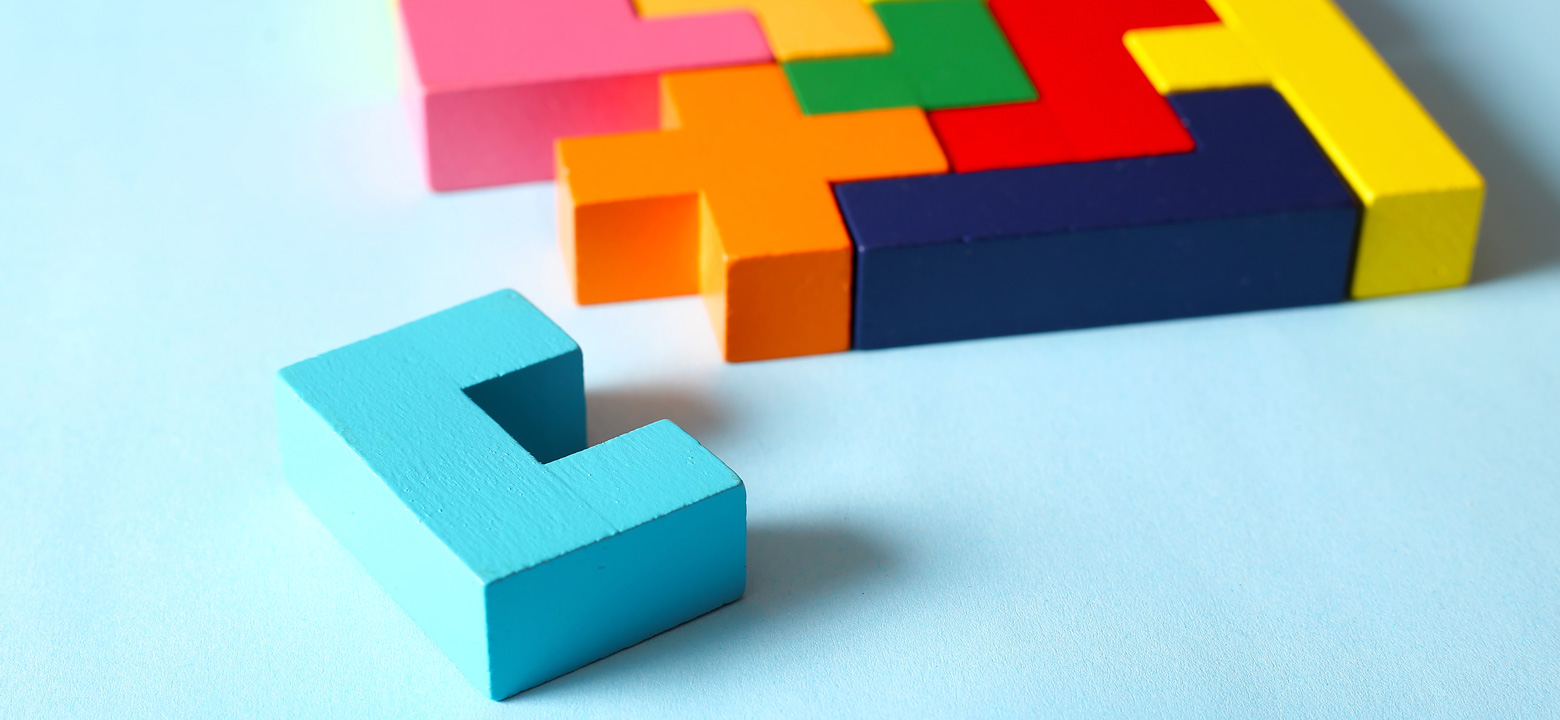
Engineers aren't easy people to fool. They're used to solving problems, thinking logically, and figuring things out. Here are five brainteasers and riddles sure to stump even the most intelligent, logical engineer you know:
1. The Distribution Dilemma
Mark's warehouse has ten pallets of brand-new laptops, each destined for shipment to a different country. All of the laptops weigh 2 kg and are identical, except for the pallet destined to go to the U.S., which have two additional USB C ports. The trucks are waiting. Mark doesn't have much time. What's the fastest way for him to make sure the right pallets go to the right countries if the only tool he has is a digital balance?
ANSWER: Since the laptops are all otherwise identical, all that matters is determining which laptops need to go to the U.S. Adding ports to a laptop increases the weight, so the U.S. laptops will be slightly heavier. Mark should take one laptop each from pallets 1-5, and balance that group against laptops taken from pallets 6-10. After determining which group is heavier, he should balance two laptops from that group against two other laptops from that group. If one of those pairs is heavier, he should balance those two laptops against each other to determine which is the one destined for the U.S. If both of those pairs weigh the same, then he knows the remaining laptop is from the pallet meant for the U.S.
2. The Long Ride
A dealership has 50 motorcycles in their inventory, each of which can hold enough gas to travel for 100 miles. Using these 50 motorcycles, without stopping to refuel, what is the maximum distance that one person can travel?
ANSWER: Since all of the bikes have the same starting point, they all have to travel at the same time. The best solution would be to travel for 50 miles, then stop, discard 25 of the motorcycles, and refill the others' fuel tanks with their gasoline. Travel another 50 miles, and repeat. Continue this process until there's only one bike left, then ride it until it's out of gas. At the end, it will have traveled 350 miles total.
3. Bitter Honey
An apiarist has 1,000 batches of honey. Unfortunately, after processing, she finds out that one of those batches is contaminated with an otherwise harmless pollutant that turns the honey bitter. How can she determine which batch is the bad one in the fewest number of tastes?
ANSWER: This is similar to the laptop riddle. Take one jar from each batch, and one drop from each jar. Combine 500 drops, and take a sip. If it's bitter, it's in one of those batches. If it isn't, it's in one of the other 500. Repeat the process with 250 drops from the bitter group, then 125 drops, and so on, until there's one jar remaining. That's the one that's contaminated.
4. The Drop
A cellphone company wants to test the durability of their phones in real-world conditions. All their product tester, Jerry, has at his disposal is two identical phones, and the company's 50 story building. Using only these objects, how can he determine how far the phones can safely fall using the fewest number of drops?
ANSWER: Jerry should take one phone, and go up ten stories, and drop it out of the window. If it survives, he should go up ten stories more, and drop it again. He should repeat the process until the first phone breaks, and note the floor he dropped it from. Next, Jerry should take the second phone, go up ten floors below where the first one broke, and drop it from single-story increments. This will tell him how far the phone can safely fall with the lowest number of drops.
5. Meal Prep
Louis is making eggs. According to his grandfather's recipe, he needs to boil them for exactly nine minutes. All he has at his disposal is a pot, water, eggs, a stove, and two sand-glasses of different capacities—one for four minutes, and one for seven. How can he use these sand-glasses to make sure that his recipe comes out perfect?
ANSWER: Louis should start both sand-glasses simultaneously. When the four minute one runs out, he should restart it. When the seven minute one runs out, he should restart it. When the four minute one runs out again, he should restart the seven minute sand-glass (which has been emptying for one minute). By the time the seven minute sand-glass runs out, it will have been exactly nine minutes.
Riddles and logic puzzles are great for exercising your brain. Whether you're an engineer, or just a curious problem-solver, hopefully you enjoyed this small collection of brain teasers.